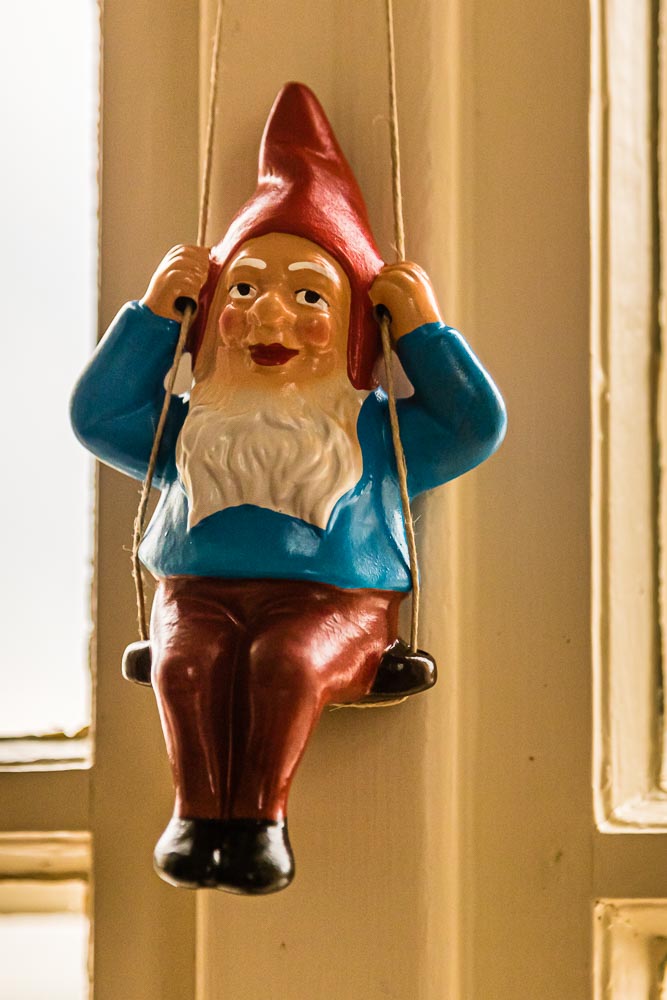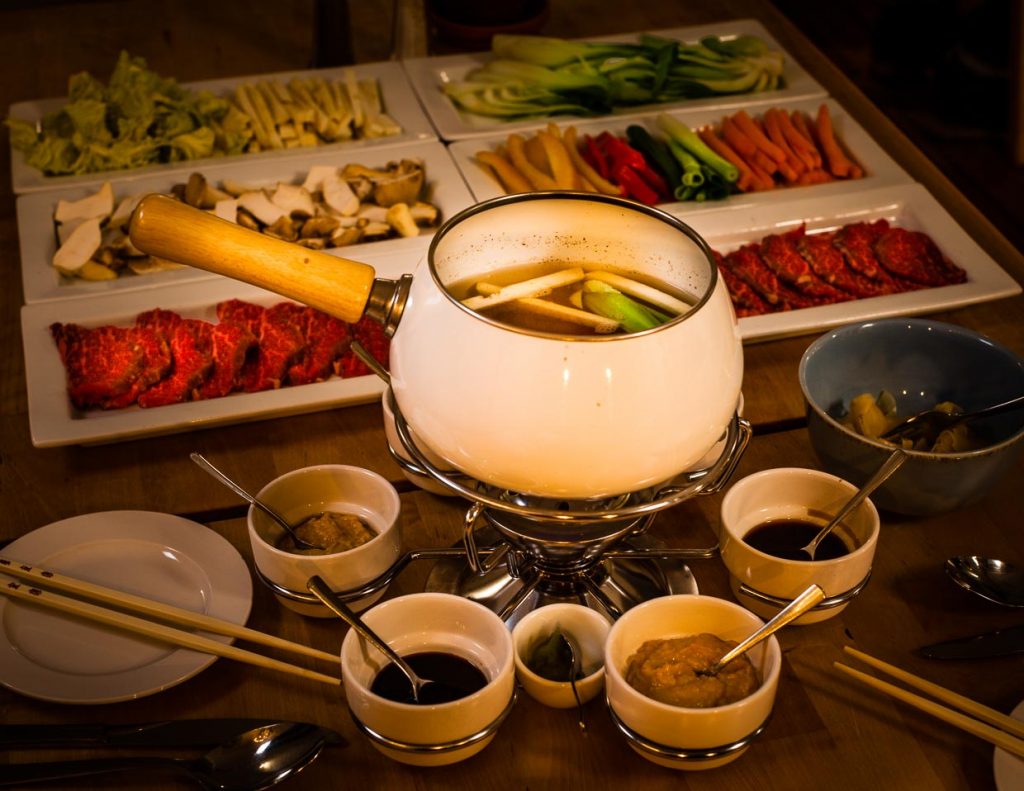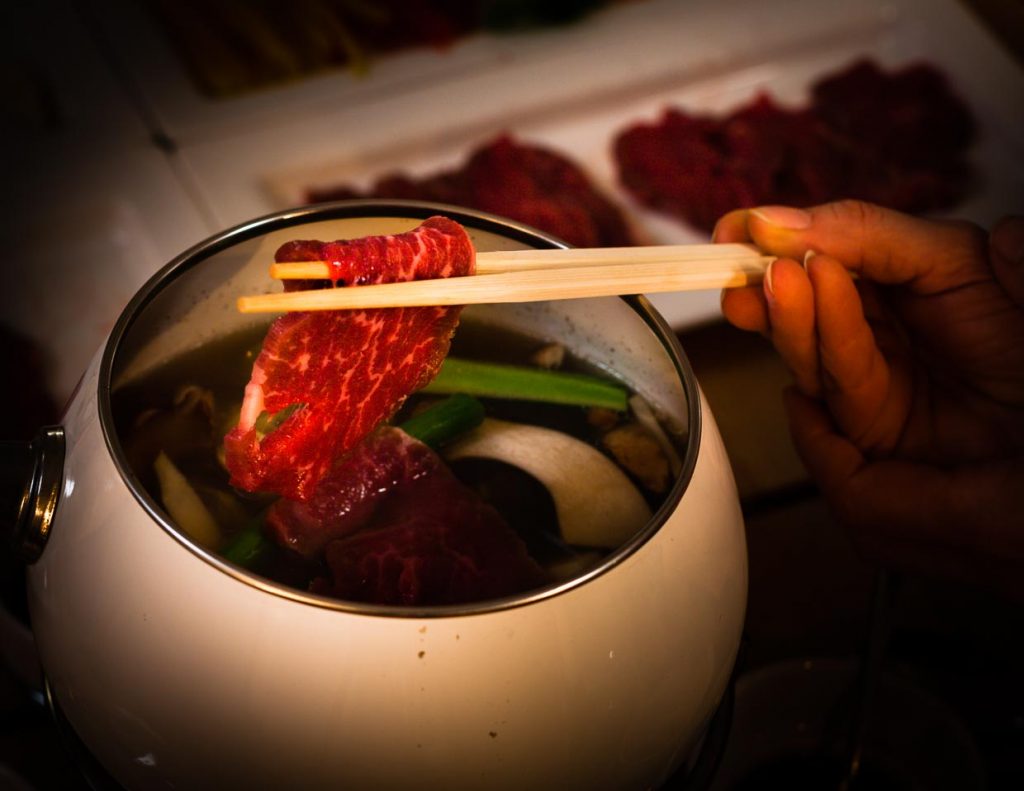The cranes are already here. The arrival of the stork pair, which moves into its nest at the head of the Kavaliershaus year after year, is expected every day. It is quiet in Fincken. And that’s exactly what the word has spread. Silence and nature. That’s why every one of the very individually furnished suites at Kavaliershaus Schloss Blücher, the suite hotel on Lake Fincken, is already occupied on this weekend at the beginning of March. The weakness of the region in Mecklenburg-Vorpommern is at the same time its greatest strength. In the Kavaliershaus Schloss Blücher, silence, the supposed wasteland, is celebrated and turned into a luxurious commodity.
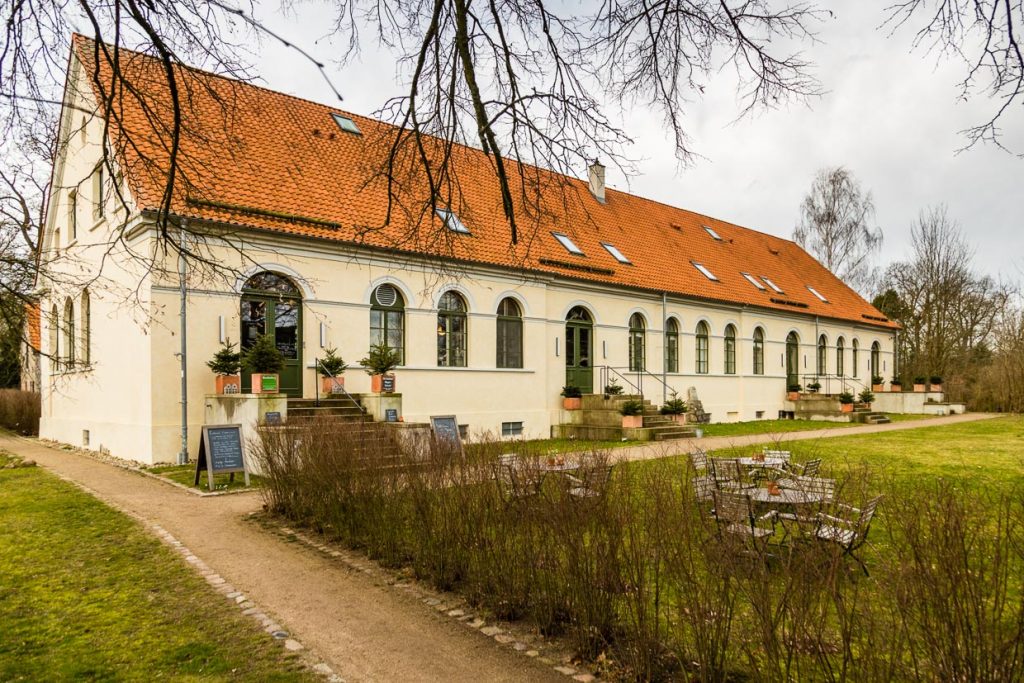
Only the birds roar in the suite hotel on Lake Fincken
No car noise, no light pollution at night. At worst, birds roaring in the morning and buzzing insects while swimming at the lake. Plus creative slow-food cuisine and only a stone’s throw to the more than 1000 lakes of the Müritz National Park. Kavaliershaus Schloss Blücher is an ideal place to take a deep breath on a long journey from the south on the way to the neighboring Scandinavian countries. The hotel can be reached quickly from Berlin, Hamburg or Lübeck, for example, for a relaxing time-out for two or a creative meeting with colleagues. However, the extensive grounds with an old park, barn, bathing jetty and playhouse also make it a vacation destination for families. Groups even have the option of renting the property in its entirety.
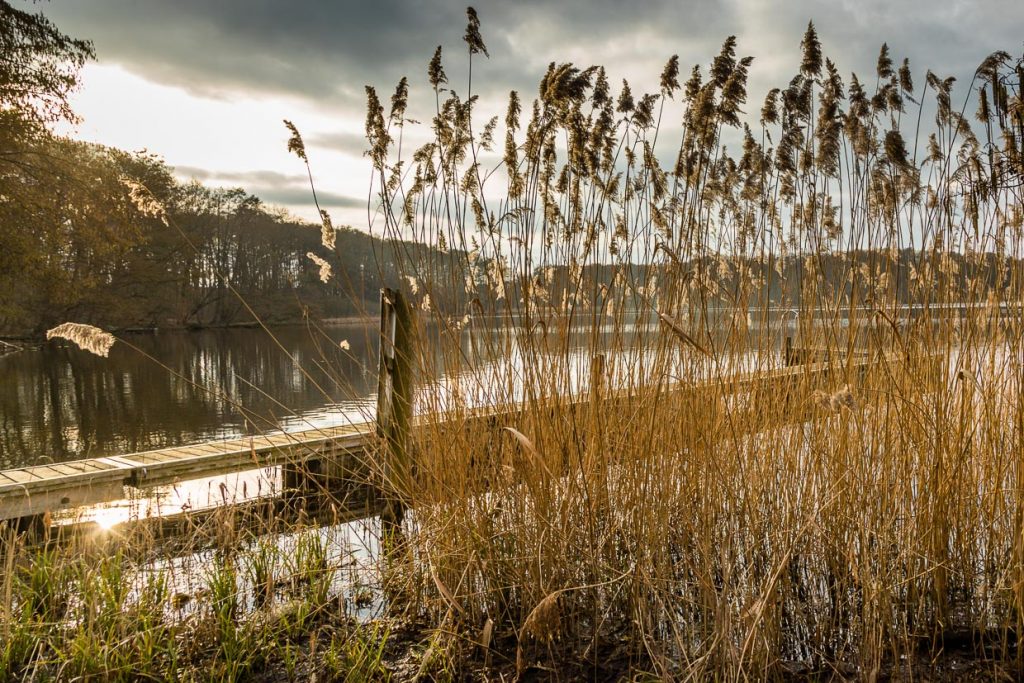
Furnishings in the Kavaliershaus with great attention to detail
The well-known architect Johanne Nalbach acquired the classicist annexe of Blücher Castle, where Count Adolf von Blücher once lived, in 2007 and, together with her daughter Lena, had it restored from top to bottom. It is a house with an eventful history. In the 1930s, it was sold by the count’s family. For over 60 years and during GDR times it was a school. The Nalbachs have deliberately revealed the history of the house.

The patina of the centuries is just as visible in some places in the restaurant as the fact that you are in the former classroom of the partial secondary school Fincken. A small desk chair stands here and there in front of the doors of the suites. The suitcase racks in front of or inside the suites are a real eye-catcher. In school days, students used to take their naps on them.
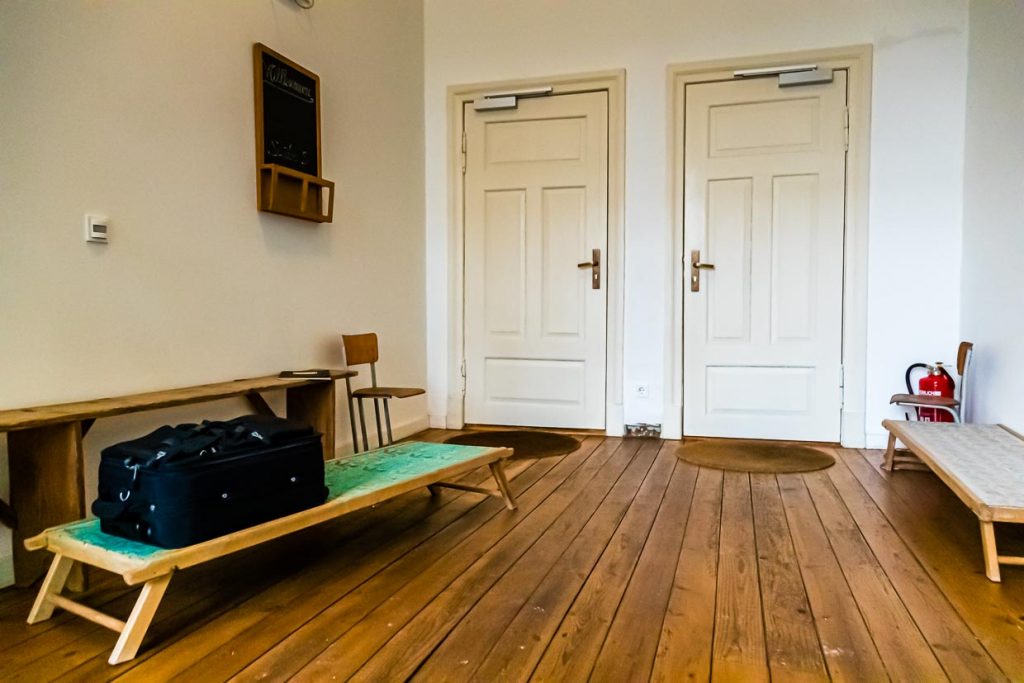
We are sitting in the classroom, drinking coffee and, as every day, there is freshly baked cake from Gunnar Müller’s kitchen when the owner Johanne Nalbach comes in. She holds a small box in her hand and heads for the window where we are sitting. The box is quite emblematic of her attention to detail. A small garden gnome on a swing. It is still missing from the group of gnomes standing on the windowsill. She hangs the new addition on the window handle and sits down with us. In conversation, she emphasizes that architecture must be networked with the place, it should speak and act with the place.
New addition: Garden gnome on a swing – perhaps also a hidden allusion to Theodor Fontane’s Effie Briest? / © Photo: Georg Berg
Homage to Uecker, Johnson, Lilienthal and Friedrich
Thus, motifs of four well-known artists of Mecklenburg-Vorpommern can be found in the suites. They are motifs by Günther Uecker, Uwe Johnson, Otto Lilienthal and Caspar David Friedrich, which can be seen as digital prints behind the bed ledges or on the room dividers of the walk-in showers in the bathrooms, or even as originals hanging on the wall. In conversation, however, the architect also draws attention to a very visible relic of architectural history. In GDR times, a prefabricated building was placed in front of the classicist ensemble of the palace and the Kavaliershaus. This was no coincidence, as Johanne Nalbach points out; in addition to garages and sheds, workers’ housing in the form of prefabricated buildings was often erected in the parks of the old estates.
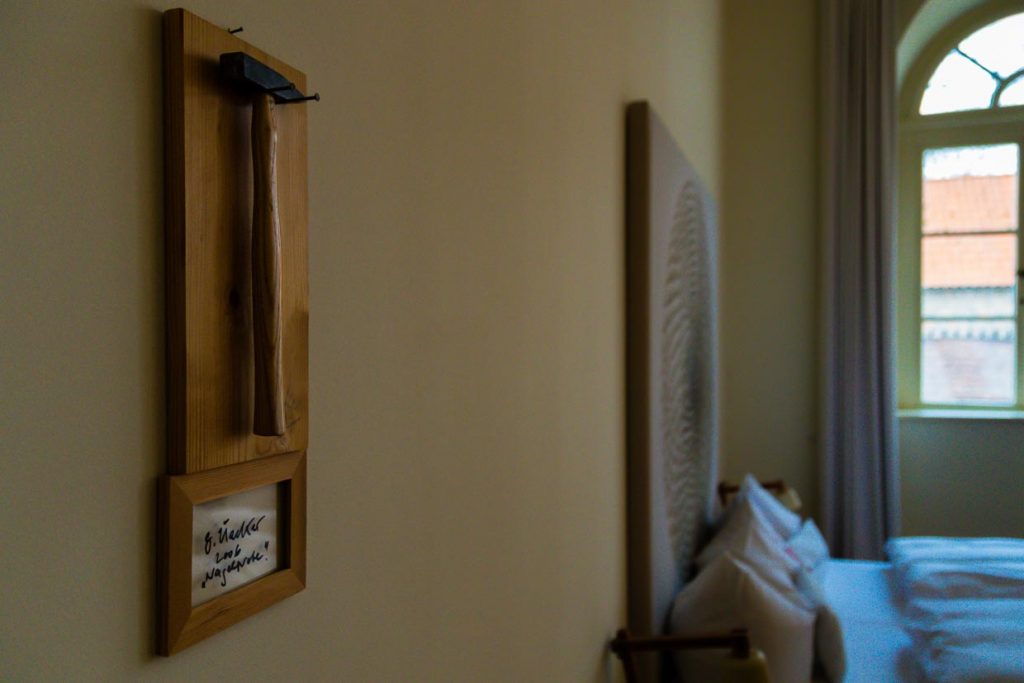
Casual get-together in the former schoolroom
Gunnar Müller knew at the age of just seven that he wanted to be a chef. At 13, he began to supplement his pocket money by helping out in his father’s restaurant. It was here that he learned what is now being elevated to the new kitchen trend. Nose to Tail and Leaf to Root. In the tight times of the planned economy, everything simply had to be utilized. “The pigs would starve if I had any,” was one such saying from his father, who was not only a chef but also a deep-sea fisherman.
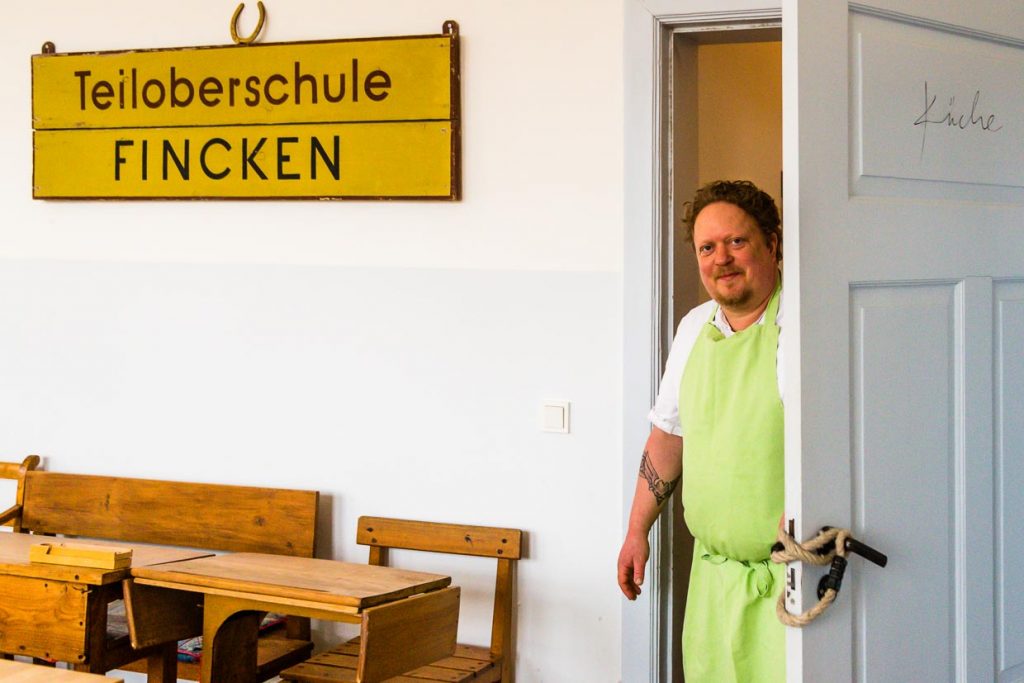
Gunnar Müller is a native of Wismar. He calls the city his home to this day. Even though – or perhaps because – he left Wismar with his entire family shortly before the fall of the Berlin Wall, in 1988, and moved to Hamburg. Here he finds the apprenticeship that is not available in Wismar. He cooks at the Hafen-Klub Hamburg at the Landungsbrücken, and later goes to Heilbronn as a chef.
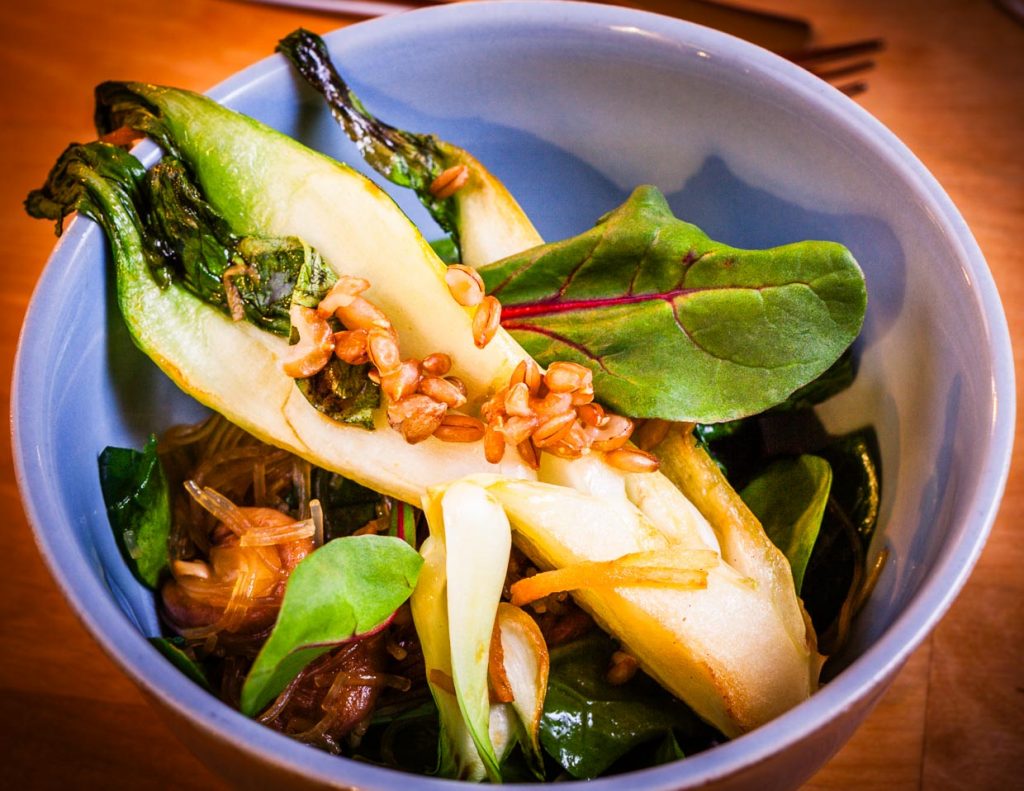
Müller often cooks Asian, tries things out, gets inspired on long-distance trips. To this day, he raves about an old Indian woman who taught him five curry dishes in the Caribbean. Meeting two chefs from Singapore also continues to have a great inspirational effect on him. What does all this have to do with Gunnar Müller, who has been cooking at the Kavaliershaus in Fincken am See for three years?
Käthes Brathering and Kaiserschmarrn
The classroom is flooded with light, the design of the furniture Scandinavian simple and chic. The decorations on walls and windowsills are entertaining and full of contemporary history. Even the hotel restaurant’s menu is dressed in a school notebook. And Gunnar Müller’s cuisine is also open to out-of-town guests. His creative style of combining local products and regional recipes with the cuisines of other countries has caught on. Gunnar Müller knows his suppliers and only sources ingredients that convince him.
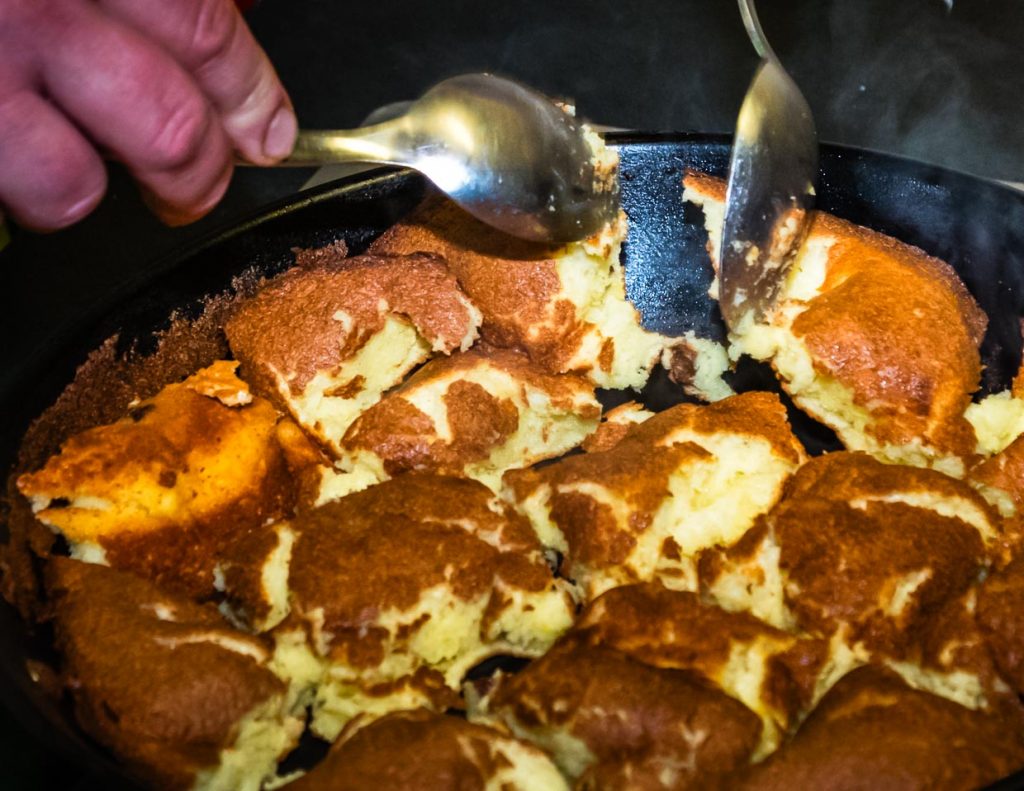
Fish comes from the surrounding waters whenever possible. Game comes from the immediate neighborhood, and he is on good terms with the hunter. He also uses recipes from his childhood. His grandmother Käthe from Wismar, for example, made it onto the menu with her marinated fried rings. The Mecklenburg potato soup “Tüften und Plüm” is particularly popular in the Klassenzimmer restaurant during the cold season. The Plüm, Low German for plums, in the case of this hearty potato soup are different types of dried fruit.
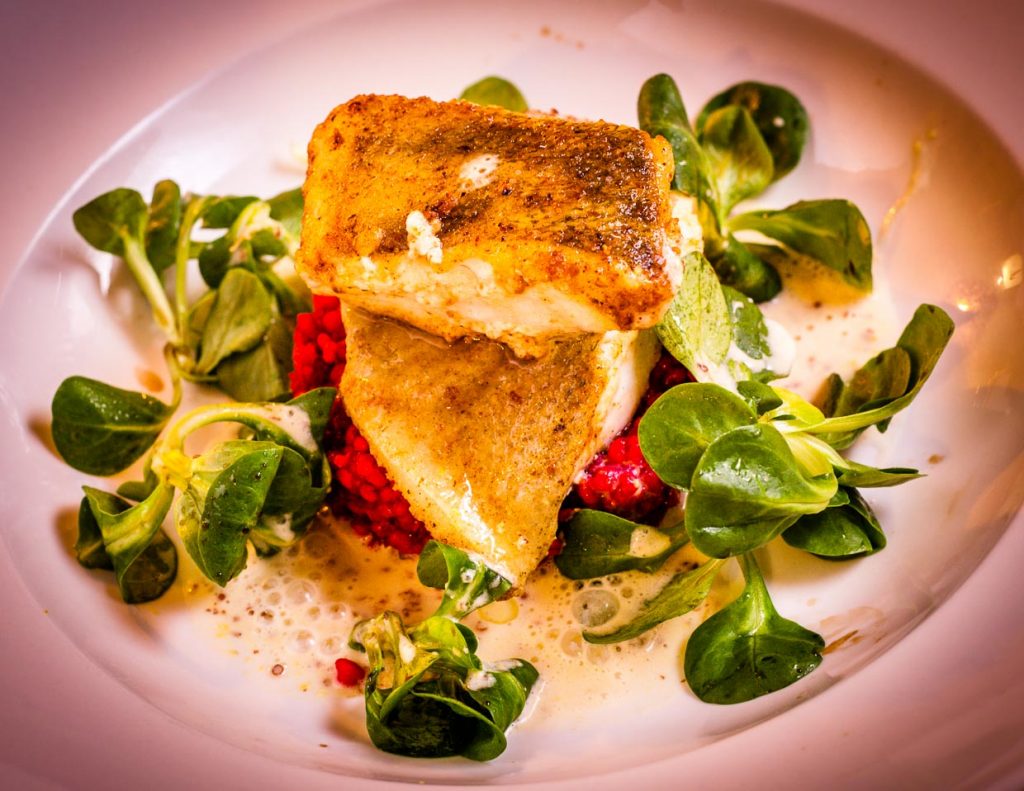
Yes and what is it? Yes-Panish meets Yes-Mecklenburg
A beautiful melange of Asian lightness and down-to-earth ingredients from the region / © Photo: Georg Berg
Ja-Panish meets Ja-Mecklenburgisch – a fondue of a special kind can be ordered by guests. Then Japanese ingredients like ponzu sauce meet tender beef from Mecklenburg. In a light miso broth the beef is cooked as well as a large selection of vegetables. Ponzu sauce, soy sauce and sesame sauce are used for seasoning.
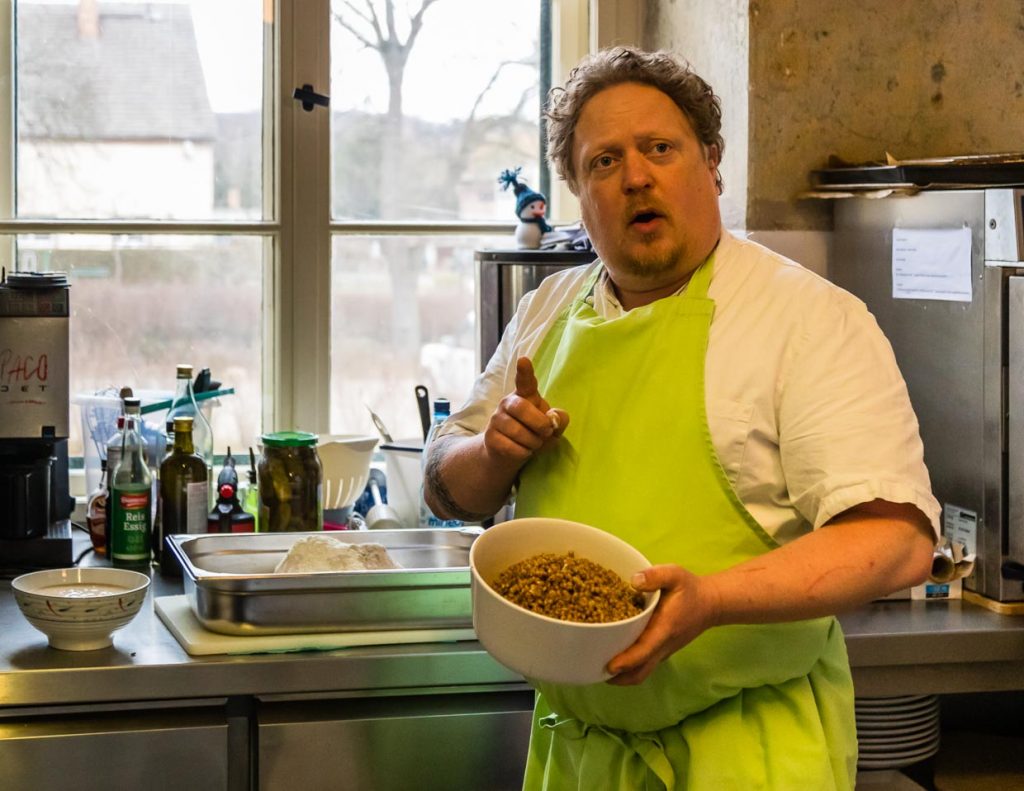
Baking bread is his passion. Delicious cakes are fresh every day, the homemade ice cream is a hit and eyes open when Kaiserschmarrn is on the menu. It could be the best Kaiserschmarrn north of the Alps. An Austrian colleague once taught him the recipe and how to make it.
Blüchers Scheune – Try it with conviviality
Gunnar Müller and his team also offer a variety of culinary experiences. Once a week, they dish up at the long table in the hotel’s barn, which is located in the park. Steaming bowls of all kinds of vegetables, salads and potatoes and a meat dish are passed across the table.
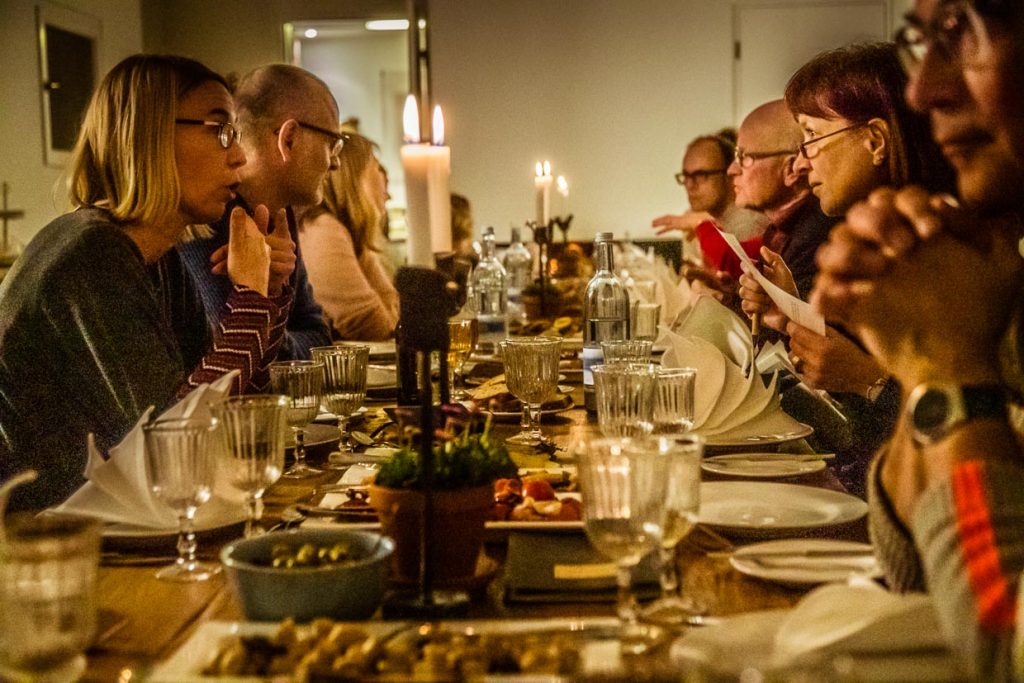
One gets into conversation with the other guests of the house, merges into a lively company and exchanges about the day trips undertaken. Gunnar Müller also offers bread baking courses or romantic menus by candlelight. For the future, even a barbecue boot camp is planned for all those who want a proper basic training on the Texas grill.
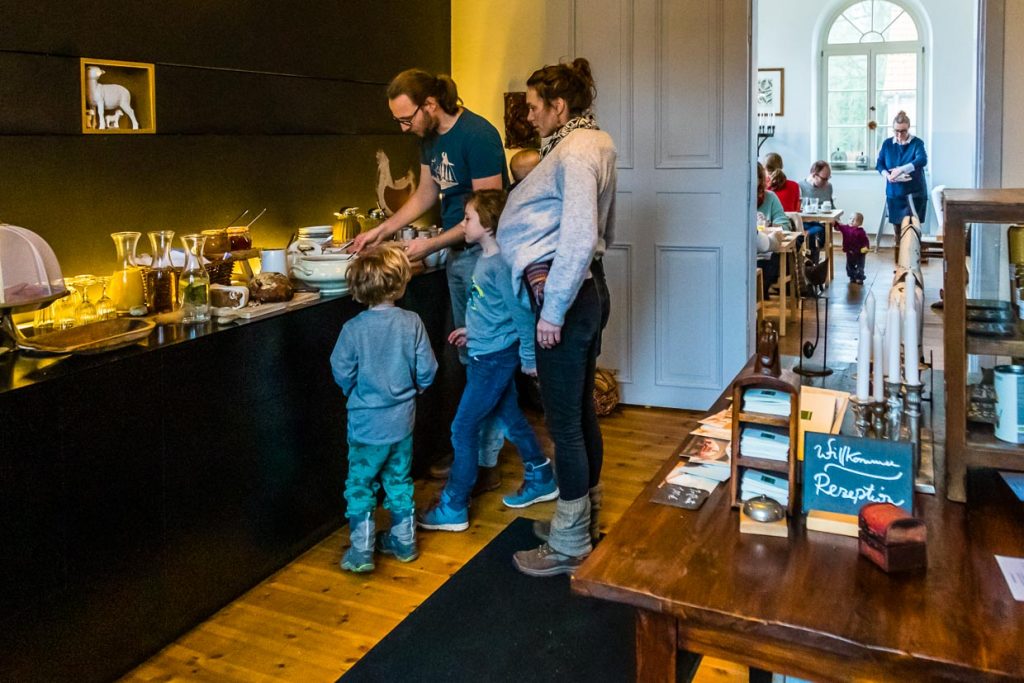
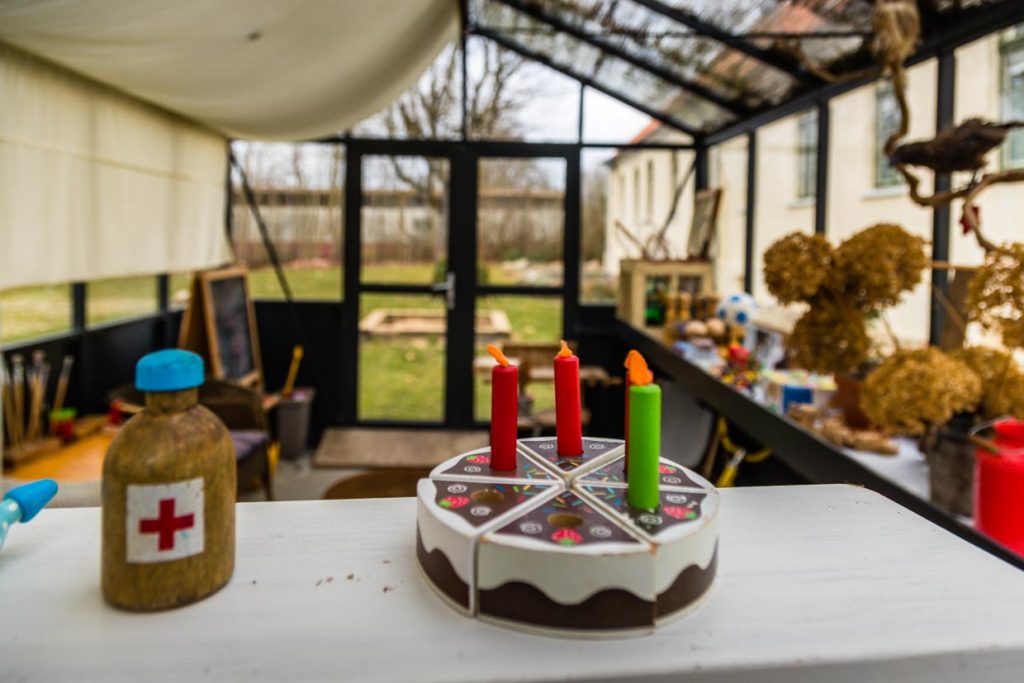
Engel’s world – tree giants and grounded people
We actually meet Dierk Engel because he supplies the Kavaliershaus with game meat from his own hunt. He is introduced to us as the hunter. But in the course of our excursion, it turns out that a single job title is not enough to describe his work around Fincken. Dierk Engel picks us up with his all-terrain Lada and just after the first bend in the road we leave the asphalt and drive across his fields.
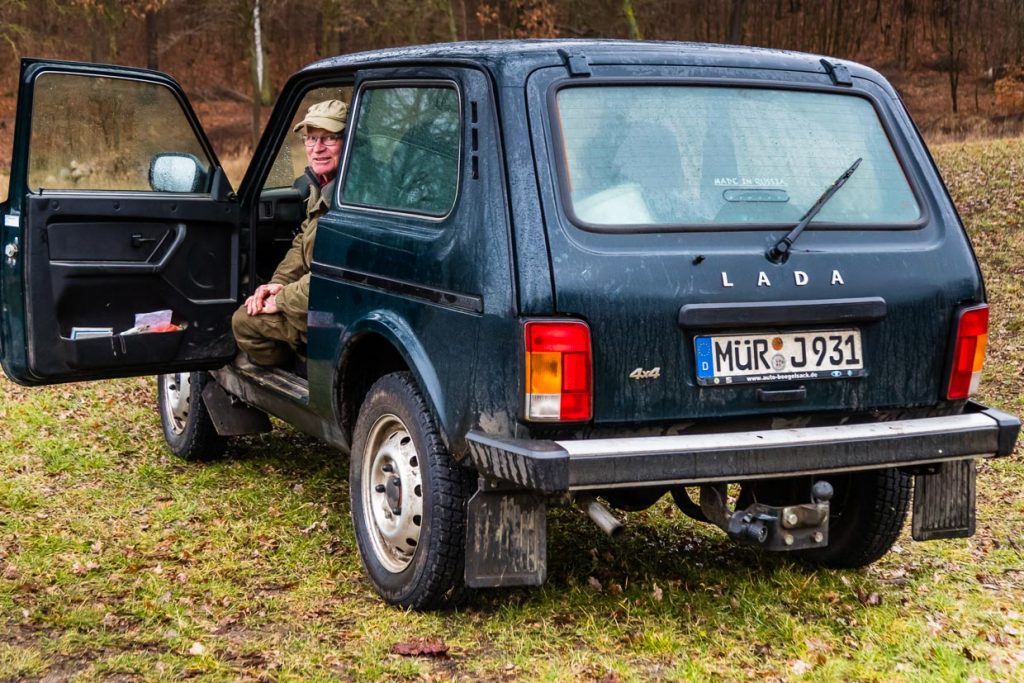
Driving through the landscape west of the Müritz, one immediately notices the giant trees that stand in the middle of a field or even form an entire avenue. Dierk Engel stops in front of just such a giant and introduces us to what is probably the oldest oak in the area, with an estimated age of around 700 years and a trunk diameter of 2.15 meters. However, he also deliberately leaves dead trees in his fields. They may no longer look majestic, but they are a paradise for insects and birds. Last summer’s drought and mild winter allowed four generations of bark beetles to thrive. This is giving the trees a hard time. In other years, there are just two generations of the pests growing up, Engel explains.

Veterinarian, landscaper, hunter or collector?
Dierk Engel manages a farm forest. But he also swaps fields and areas selectively, acting with foresight. Because as many areas as possible that run to Lake Fincken are to be farmed only in ecological agriculture. He wants to get away from decades of intensive fertilization. “As long as we still throw away eleven million tons of food in Germany, we don’t need to fertilize,” says the trained veterinarian. Instead, he creates small biotopes for birds and insects.
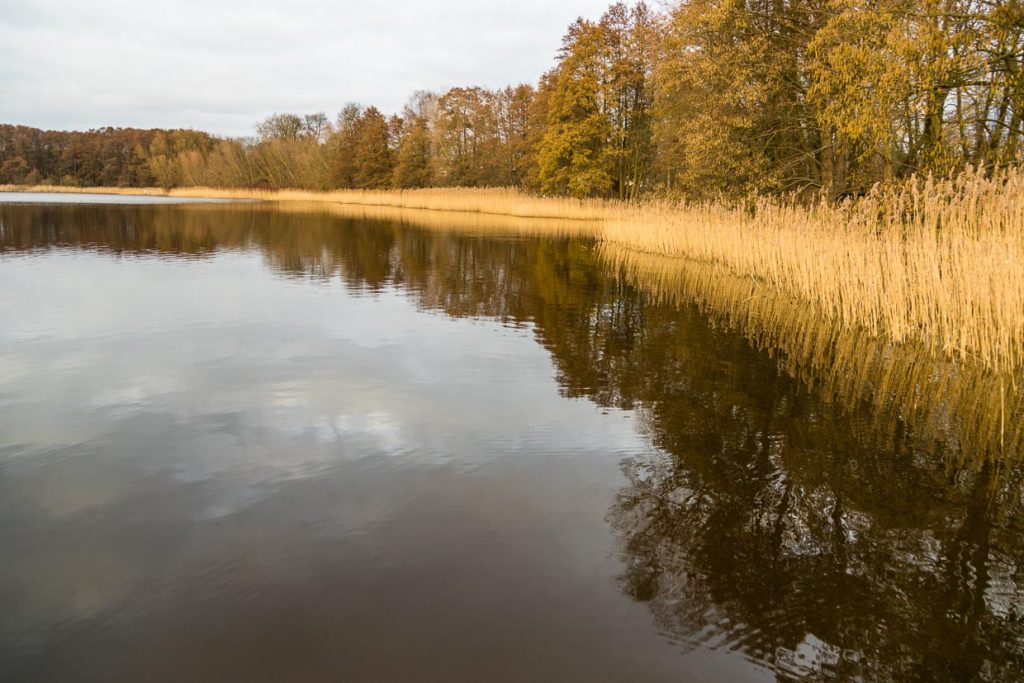
Near Kaeselin, Engel has uncovered an old village pond with the help of villagers. The residents didn’t even know it existed anymore, so overgrown was it with shrubs and trees. Today there is a bench at the pond and the marsh harrier and the green-footed moorhen have reestablished themselves.
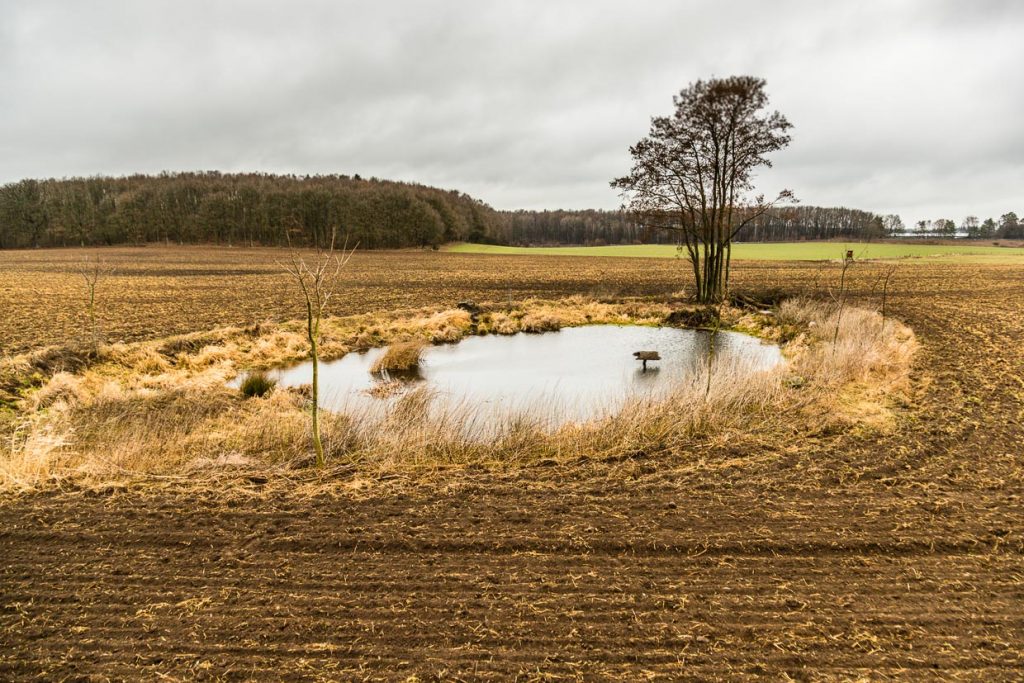
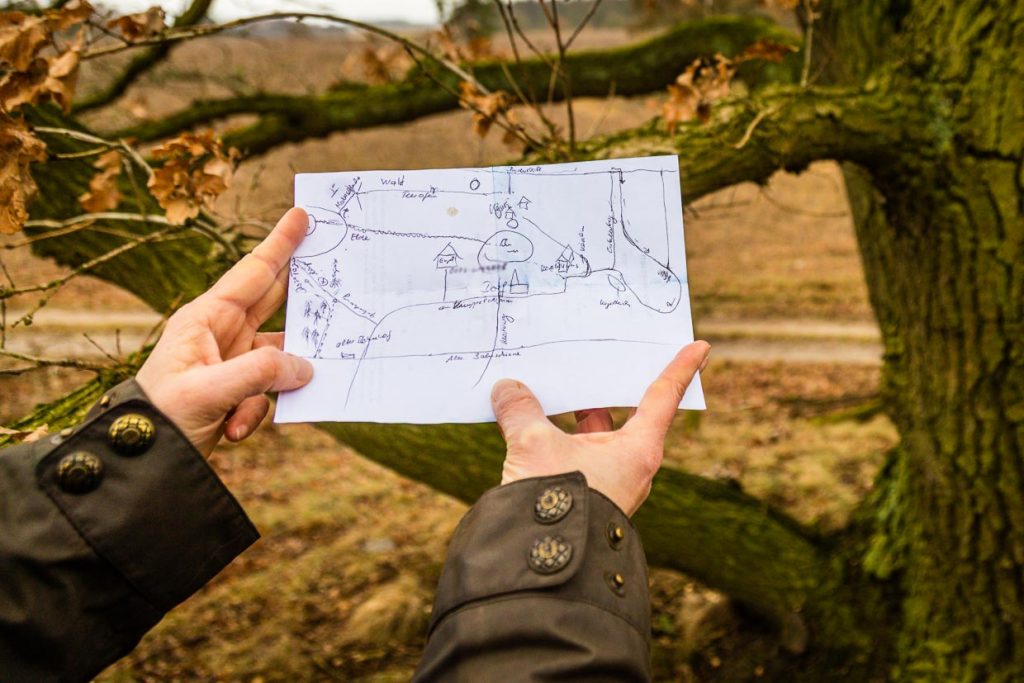
If you follow this sketch, you will encounter giant trees and Slavic graves, walk along an old railroad line, through forests and across fields, meet fallow deer and horses, perhaps also the green-footed moorhen at a pond created by Dierk Engel, but rarely people. And that is definitely one of the attractions of Fincken am See and a time out at Kavaliershaus Schloss Blücher in Mecklenburg-Vorpommern.
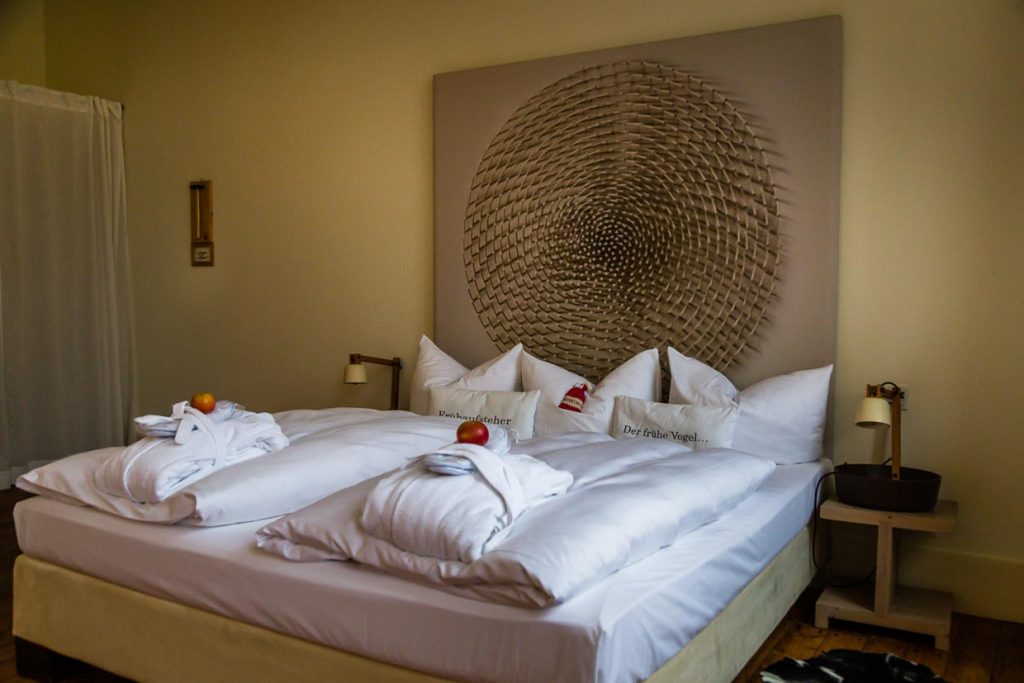
Print publication
The cost of half board was not charged by the hotel


